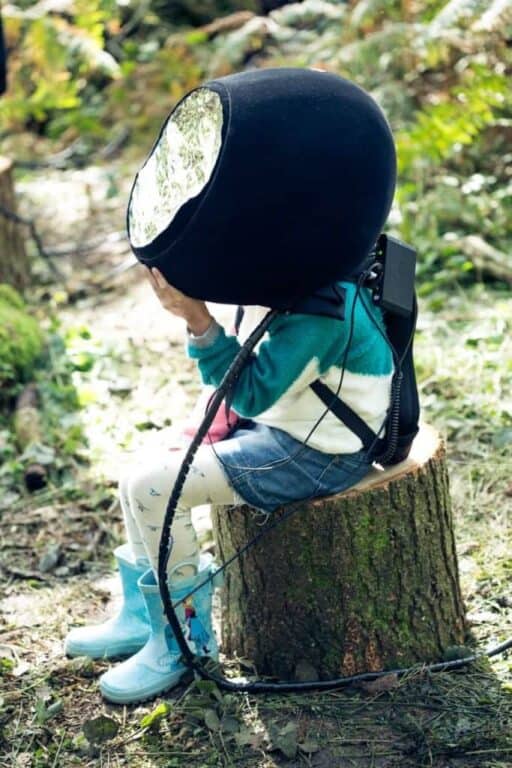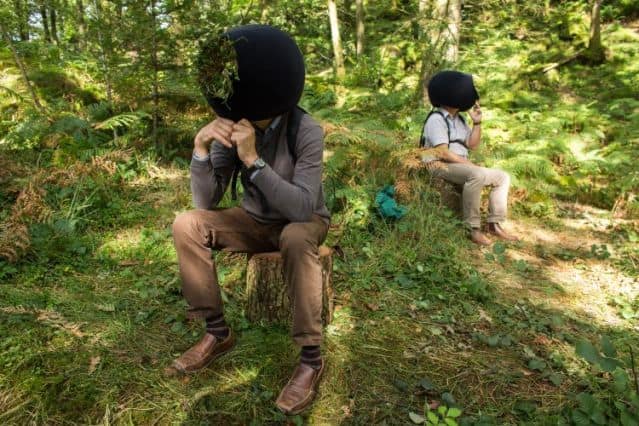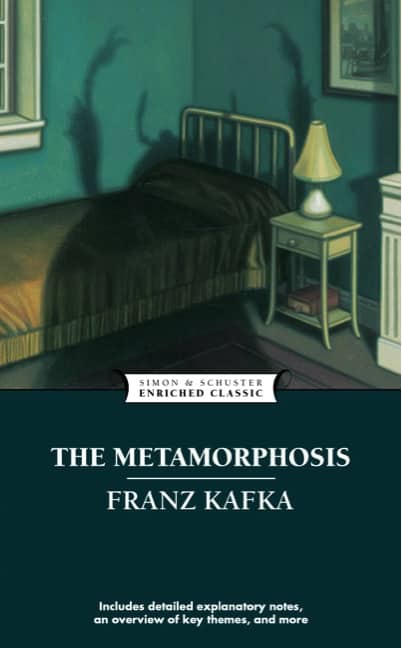A fascinating VR project at Sundance is the In the Eyes of the Animal, an immersive experience that uses virtual reality to put you in the body of another species. The Sundance New Frontiers program is not just film and documentaries. The Installations category includes The Leviathan Project and The Holo-Cinema Star Wars event from Lucasfilm. The category offers tremendous potential for learning as you get to step outside yourself and experience the world from a radically different perspective.
In this VR project, you looking at the world as three animals might see it. And if VR headsets are getting smaller and lighter, the hardware used here will make Oculus VR feel like a Fitbit. You’re wearing a large globe on your head, the size of a diving helmet. It’s all part of the immersive experience.

In the Eyes of the Animal VR
Commissioned by Abandon Normal Devices and Forestry Commission England’s Forest Art Works, the project was supported through public funding by Arts Council England and Forestry Commission, England. Barnaby Steel & Robin McNicholas provided the concept and direction for the project.
Here’s the description:
This new commission enables audiences to encounter England’s forests anew through an immersive virtual reality experience, told by the inhabitants of the forest. A 360º film, it is an artistic interpretation of the sensory perspectives of three species natural to the site.
Creative collective Marshmallow Laser Feast (MLF) delight in exploring the line between virtual and real-world experiences. In this work they use the mask of virtual reality to explore different perspectives of familiar landscapes. Through observing the function of animal sight – a dragonfly experiences life over 10 times faster than a human and in 12 colour wavelengths (a human in a combination of three) – the film & accompanying soundtrack are a speculation of an alternative reality.
You can follow the project as it evolves on Instagram. There are also plans for a forthcoming tour.

Experiential learning
As a VR experience, projects like In the Eyes of the Animal has the potential to transform how we learn. Experiential learning in Higher Education has often meant acknowledging what students have learned from prior work or life experience. Or the addition of a practical component to current course work (internships, placements, etc.).
The deeply immersive experiences in virtual reality offer a new form of learning. Instead of just reading about insect eyesight (a fascinating area), In the Eyes of the Animal lets you actually experience what it might be like to see as a dragon-fly sees. It opens up a whole new world for education.
Virtual Reality and suspension of disbelief
What is unique in virtual reality is this: every other media form requires a suspension of disbelief. The phrase was first used by Coleridge in 1817 in his Biographia Literaria, in the context of poetry.
Media has always presented a steep bar here. Our conscious minds have to abstract themselves from the fact that we’re in a movie theater, watching TV, or staring at our laptops. Otherwise, media on the screen is just a stream of images.
Well-done VR reverses the dynamic. You have to constantly check yourself that reality is still there. Virtual reality is like a chokehold on your senses. If you’re fearful in the VR experience, you may even find an inner debate taking place. Your mind is telling you that nothing’s happening. You’re only standing in an empty room. But your senses demand to be heard. If the virtual experience is good, you can’t ignore them.
Just remember to return after you’ve tried out being an insect. You wouldn’t want to wake up like Gregor in The Metamorphosis. And yes, the Kafka novel is just begging for a virtual reality treatment.

Emory Craig is a writer, speaker, and consultant specializing in virtual reality (VR) and generative AI. With a rich background in art, new media, and higher education, he is a sought-after speaker at international conferences. Emory shares unique insights on innovation and collaborates with universities, nonprofits, businesses, and international organizations to develop transformative initiatives in XR, GenAI, and digital ethics. Passionate about harnessing the potential of cutting-edge technologies, he explores the ethical ramifications of blending the real with the virtual, sparking meaningful conversations about the future of human experience in an increasingly interconnected world.
